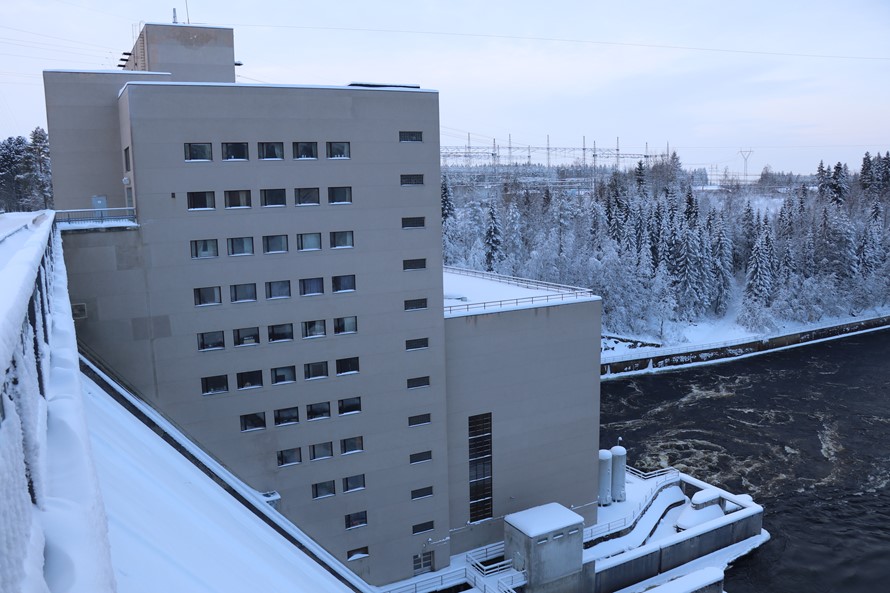
Hydropower construction and its contradictory relation to cultural heritage in Emma Ahtiainen’s thesis
Architect Emma Ahtiainen studied in her master thesis “The change of cultural environment related to hydropower construction: case studies of Merikoski and Muhos hydropower plants” questions Why is the cultural heritage of hydropower plant areas such a controversial topic? How have hydropower plants changed the cultural environment? How has the identity of individuals, communities, and cities changed due to the construction of dams and hydropower plants?
Merikoski power plant is situated in Oulu, that has a long history as one of Finland’s major cities, whereas Muhos is a small rural municipality in terms of population. In both locations, however, the environmental and social changes caused by hydropower have been very similar. In both case studies, it became clear that the riverside residents have had similar thoughts about the loss of the rapids. In both Oulu and Muhos, some residents had mourned the river’s fate, but many had also appreciated the benefits the power plants brought.
Emma Ahtiainen states that in the case of River Oulujoki, the values of natural beauty have been considered in the construction of power plants. Oulu's Koskikeskus area comprising the colourful houses on the Toivoniemi island are among Oulu's landmarks. In Muhos, the Leppiniemi residential area designed by Aarne Ervi is a distinguished attraction. It is a beautiful example of a functionalist, carefully thought-out residential area built in the midst of the wilderness.
Ahtiainen considers that when discussing the building, removing or restoring of hydropower structures, each hydropower plant and its environment should be considered individually. Hydropower plants and dams affect many other things than just the physical environment, one of the most important being the river's ecosystem and biota. Man can no longer continue on the path of living at the expense of the rest of nature and other living beings, which industrialisation started.
She argues that the advantages and disadvantages of each hydropower plant should be looked at from numerous different perspectives while considering the environmental, sociological, conservational and cultural values, which should be the base of all decisions about their fate. The opinions of the local residents should also be considered, and the residents should be involved in order to avoid environmental trauma.
The hydropower plants built during the reconstruction period should be treated as representatives of their own time, as a historical layer. New uses could be planned for the decommissioned power plants, such as museums or cultural centres.
Emma Ahtiainen reminds that hydropower has once been Finland’s most important energy source, and it is still among them. Hydropower’s cultural heritage value is also significant, and it should be appreciated – albeit building it has once destroyed the area’s older cultural environment. However, recognising hydropower’s cultural value does not mean that similar decisions should be made today. Man has always shaped their environment – in the future, it should only be done in a way that respects both nature and the old building stock.
Read Emma Ahtiainens master thesis here
Source: Ahtiainen, Emma (2024). Emma Ahtiainen studied hydropower construction and its contradictory relation to cultural heritage in her thesis. https://www.archinfo.fi/en/articles/emma-ahtiainen-studied-hydropower-construction-and-its-contradictory-relation-to-cultural-heritage-in-her-thesis . Archinfo (read 21.10.2025)